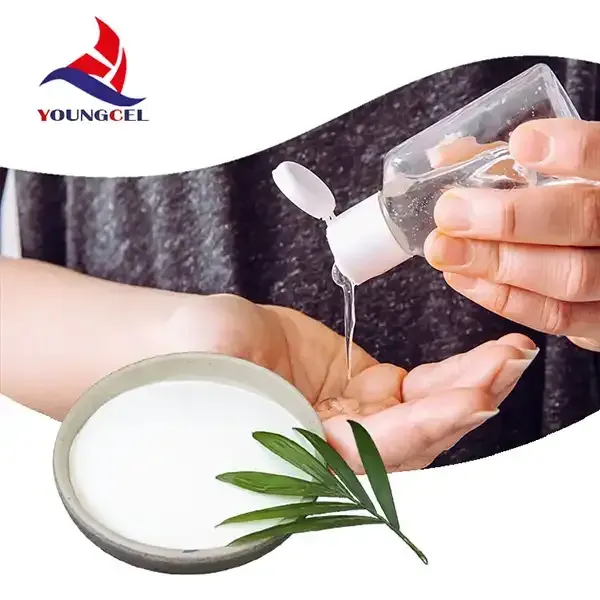The Role of Cellulose Ethers in Modern Applications
Cellulose ethers are a class of compounds derived from cellulose, one of the most abundant biopolymers found in nature. By chemically modifying cellulose, cellulose ethers are created, featuring a variety of functional groups that impart unique properties which make them invaluable in numerous industries, ranging from pharmaceuticals to construction.
What are Cellulose Ethers?
Cellulose ethers are produced by reacting cellulose with various etherifying agents, typically alkyl or aryl groups. The most common types of cellulose ethers include methyl cellulose, ethyl cellulose, hydroxypropyl methyl cellulose (HPMC), and carboxymethyl cellulose (CMC). Each of these variants showcases distinct characteristics which cater to specific industrial needs. For example, methyl cellulose is often used as a thickening agent in food products, while carboxymethyl cellulose is favored in the cosmetics industry for its emulsifying properties.
Applications in Pharmaceuticals
In the pharmaceutical sector, cellulose ethers play a crucial role as excipients. They are used in tablet formulations to control drug release, enhance solubility, and improve stability. HPMC, for instance, is particularly valued for its ability to form gel-like structures upon contact with water, which can modulate the release of active pharmaceutical ingredients. This capability is critical in developing sustained-release medication, allowing for prolonged therapeutic effects and improved patient compliance.
Moreover, cellulose ethers' non-toxic nature and compatibility with a wide range of drugs make them ideal candidates in formulating pharmaceutical products, particularly in sensitive applications such as pediatric and geriatric medications.
Use in Food Industry
cellulos ether

The food industry also leverages cellulose ethers for their thickening, gelling, and stabilizing properties. Methyl cellulose, for instance, is commonly used in gluten-free baking since it helps to replicate the texture and moisture retention typically provided by gluten. It is also employed as a fat replacer in low-fat food products, contributing to mouthfeel and palatability without significantly increasing caloric content.
Furthermore, cellulose ethers serve as emulsifying agents in sauces and dressings, helping to maintain consistency and prevent separation. The ability to modify their viscosity and texture makes cellulose ethers indispensable in food formulation.
Contribution to Construction Materials
The construction industry benefits from cellulose ethers as well, particularly in the production of cementitious materials such as plaster, mortar, and tiles. Cellulose ethers enhance the workability and viscosity of these materials, allowing for better adhesion and a smoother finish. Additionally, they contribute to water retention, which is vital for prolonging the setting time, thereby reducing the risk of defects due to rapid drying.
The incorporation of cellulose ethers in construction products not only improves performance but also aids in sustainability, as they are derived from renewable resources and enhance the longevity of construction materials.
Conclusion
Cellulose ethers exemplify how a natural polymer can be transformed into multifunctional materials that span a wide range of applications. Their versatility and effectiveness continue to drive innovation across various fields, highlighting the importance of ongoing research and development in this area. As industries move towards more sustainable practices, the role of cellulose ethers is likely to expand, paving the way for new and exciting applications that harness their unique properties. Their ability to enhance product performance while being environmentally friendly positions cellulose ethers as essential components in a variety of modern formulations.
-
Rdp that The Revolutionary Polymer Powder Transforming Modern Construction MaterialsNewsAug.11,2025
-
Hpmc Powder that Versatile Additive for Detergents and Personal CareNewsAug.11,2025
-
Hpmc Hydroxypropyl Methylcellulose that Essential Building Material Additive from Shijiazhuang Gaocheng YongfengNewsAug.11,2025
-
Hydroxypropyl Methyl Cellulos Hpmc that Essential for Construction ApplicationsNewsAug.11,2025
-
Mhec Powder that Revolutionizing Construction Chemistry with Cellulose Ether SolutionsNewsAug.11,2025
-
Industri Hpmc that The Global Backbone of Advanced ConstructionNewsAug.11,2025




